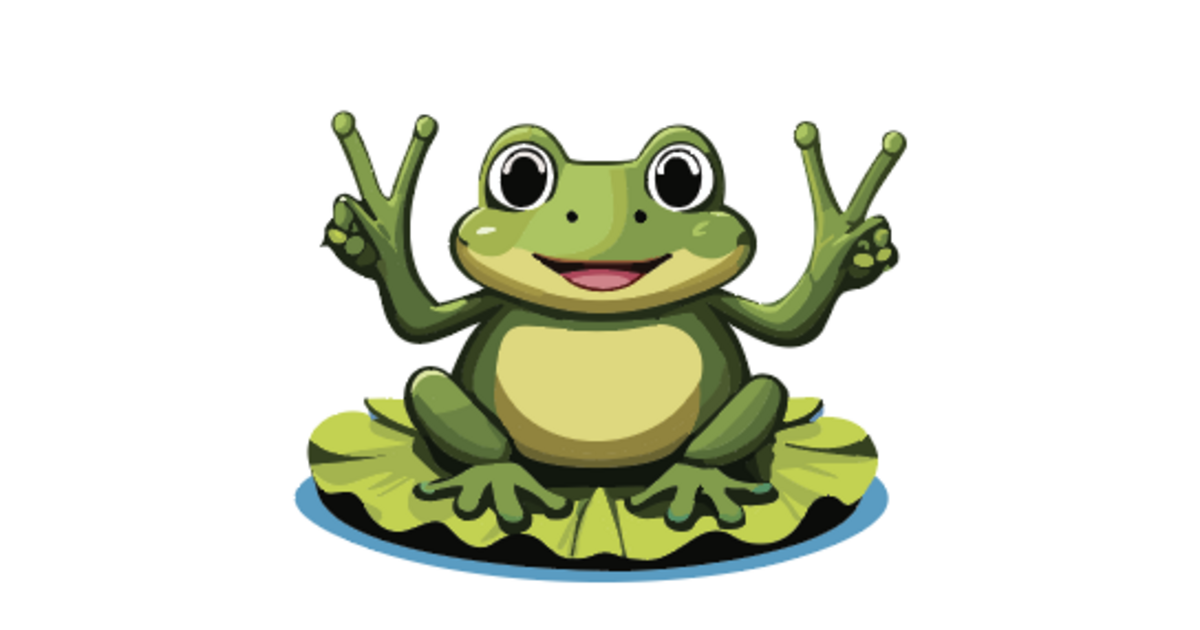Splines<a href="https://pixelfed.social/discover/tags/IonicVolutes?src=hash" class="u-url hashtag" rel="nofollow noopener" target="_blank">#IonicVolutes</a> are the sinews of <a href="https://pixelfed.social/discover/tags/IonicScrolls?src=hash" class="u-url hashtag" rel="nofollow noopener" target="_blank">#IonicScrolls</a>. Without <a href="https://pixelfed.social/discover/tags/volutes?src=hash" class="u-url hashtag" rel="nofollow noopener" target="_blank">#volutes</a>, there would be scrolls, but not <a href="https://pixelfed.social/discover/tags/Ionic?src=hash" class="u-url hashtag" rel="nofollow noopener" target="_blank">#Ionic</a> Scrolls. Each scroll starts with a volute in front, modulates through as many as six volutes of different shapes and sizes as it reached the back, with the scroll surface closely hugging the volutes at each contact point in ALL 3 dimensions. This is a key point to remember before we start <a href="https://pixelfed.social/discover/tags/reverseEngineering?src=hash" class="u-url hashtag" rel="nofollow noopener" target="_blank">#reverseEngineering</a> the first <a href="https://pixelfed.social/discover/tags/primaryProfileCurves?src=hash" class="u-url hashtag" rel="nofollow noopener" target="_blank">#primaryProfileCurves</a> from old image scans.<br>
<br>
This diagram shows the <a href="https://pixelfed.social/discover/tags/scaffolding?src=hash" class="u-url hashtag" rel="nofollow noopener" target="_blank">#scaffolding</a> we will construct using straight lines and rectangles, first in 2 dimensions, then place them front-to-back in 3 dimensions using precise markers, and finally scale and superimpose the volutes on this scaffolding.<br>
<br>
All of this will be done before we derive the primary profile curves from the image scans.<br>
<br>
How did I know about this scaffolding? I didn't. It is not documented anywhere that I'm aware of. I developed this after years of striving to derive the correct shape, and I hope that there are people who can still "see" things I might have missed and help improve the design.<br>
<br>
So, the actual process went like this: I drew outlines from 2D image scans in the top view, getting close to <a href="https://pixelfed.social/discover/tags/Vignola?src=hash" class="u-url hashtag" rel="nofollow noopener" target="_blank">#Vignola</a>'s detailed sketches. Then, I did the same thing with image scans in the side view, and I found that the designs didn't line up.<br>
<br>
After several iterations, I got the designs to line up in both views, and it was obvious that the bell shape of the scroll would follow the large volute in the front.<br>
<br>
So, I used the large volute as a "rail" and tried to sweep the primary profile curves on one rail. Big mistake! The undulating shapes of the primary profile curves wobbled wildly on the single rail and the middle, 3/4, and back of the scroll were twisted out of shape!<br>
<br>
Instead of trying to <a href="https://pixelfed.social/discover/tags/sweepOneRail?src=hash" class="u-url hashtag" rel="nofollow noopener" target="_blank">#sweepOneRail</a>, I decided to clamp down wobbling with another operation called <a href="https://pixelfed.social/discover/tags/sweepTwoRails?src=hash" class="u-url hashtag" rel="nofollow noopener" target="_blank">#sweepTwoRails</a>, using volutes at both front and back ends as rails with less wobbling.<br>
<br>
You will need a <a href="https://pixelfed.social/discover/tags/CAD?src=hash" class="u-url hashtag" rel="nofollow noopener" target="_blank">#CAD</a> tool to practice.
toad.social is one of the many independent Mastodon servers you can use to participate in the fediverse.

Mastodon server operated by David Troy, a tech pioneer and investigative journalist addressing threats to democracy. Thoughtful participation and discussion welcome.
Administered by:
Server stats:
227active users
toad.social: About · Profiles directory · Privacy policy
Mastodon: About · Get the app · Keyboard shortcuts · View source code · v4.4.1
#primaryProfileCurves
0 posts · 0 participants · 0 posts today
SplinesThe classic <a href="https://pixelfed.social/discover/tags/IonicScroll?src=hash" class="u-url hashtag" rel="nofollow noopener" target="_blank">#IonicScroll</a> is the most complex of all components in the <a href="https://pixelfed.social/discover/tags/IonicOrder?src=hash" class="u-url hashtag" rel="nofollow noopener" target="_blank">#IonicOrder</a> mainly because it is poorly documented, if at all, and even poorly understood. It is as if the classical architects deliberately concealed its enigmatic design secrets within the confines of a smooth elegant shell that could only be revealed after intense study and analysis. <br>
<br>
I got this impression because I spent years searching for credible and actionable documentation on how to recreate this beautiful design in a <a href="https://pixelfed.social/discover/tags/CAD?src=hash" class="u-url hashtag" rel="nofollow noopener" target="_blank">#CAD</a> tool. In the Age of Internet and Social Media, my web searches always disappointed me because the results lacked something vital in one respect or another. Over the years, I created hundreds of versions of the scroll that looked so perfect and pleasing that I thought I had cracked it, only to find some flaw or another in my work.<br>
<br>
So, it is with caution that I present my work on the scroll in the hopes that someone will build upon this knowledge and either validate the design, or correct it and share it with me and the rest of the world.<br>
<br>
Looking back at my progress, I'm now surprised at how remarkably simple and elegant the design is that defied familiar geometrical construction techniques I had been using until now.<br>
<br>
As I mentioned in my introductory post, this design can be recreated by drawing simple 2-dimensional lines and circular arcs, but instead of just <a href="https://pixelfed.social/discover/tags/primaryProfileCurves?src=hash" class="u-url hashtag" rel="nofollow noopener" target="_blank">#primaryProfileCurves</a>, we will use up to three additional sets of curves — <a href="https://pixelfed.social/discover/tags/secondaryCurves?src=hash" class="u-url hashtag" rel="nofollow noopener" target="_blank">#secondaryCurves</a>, <a href="https://pixelfed.social/discover/tags/tertiaryCurves?src=hash" class="u-url hashtag" rel="nofollow noopener" target="_blank">#tertiaryCurves</a>, and <a href="https://pixelfed.social/discover/tags/quaternaryCurves?src=hash" class="u-url hashtag" rel="nofollow noopener" target="_blank">#quaternaryCurves</a> — each derived from the previous set.<br>
<br>
I extracted the <a href="https://pixelfed.social/discover/tags/primaryCurves?src=hash" class="u-url hashtag" rel="nofollow noopener" target="_blank">#primaryCurves</a> after a lengthy trial-and-error process that involved <a href="https://pixelfed.social/discover/tags/curveFitting?src=hash" class="u-url hashtag" rel="nofollow noopener" target="_blank">#curveFitting</a> image scans from <a href="https://pixelfed.social/discover/tags/Vignola?src=hash" class="u-url hashtag" rel="nofollow noopener" target="_blank">#Vignola</a>’s book, <a href="https://pixelfed.social/discover/tags/RegolaArchitettura?src=hash" class="u-url hashtag" rel="nofollow noopener" target="_blank">#RegolaArchitettura</a>. I had to <a href="https://pixelfed.social/discover/tags/reverseEngineer?src=hash" class="u-url hashtag" rel="nofollow noopener" target="_blank">#reverseEngineer</a> the details because the measurements have either been lost, or are locked away in some library.<br>
<br>
Even though we start with lines and arcs, the end results are always <a href="https://pixelfed.social/discover/tags/NURBS?src=hash" class="u-url hashtag" rel="nofollow noopener" target="_blank">#NURBS</a> curves and surfaces, but everything is done by the CAD tool, and no additional math is needed.
TrendingLive feeds
Mastodon is the best way to keep up with what's happening.
Follow anyone across the fediverse and see it all in chronological order. No algorithms, ads, or clickbait in sight.
Create accountLoginDrag & drop to upload
